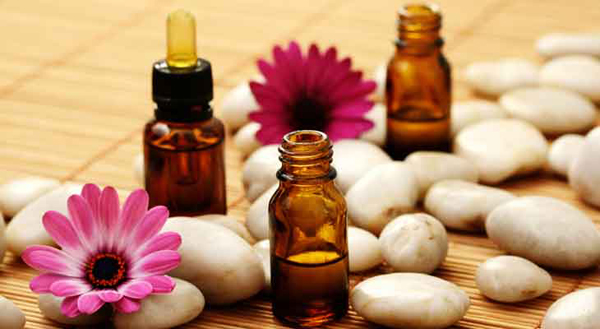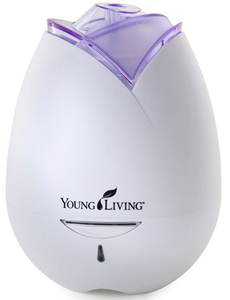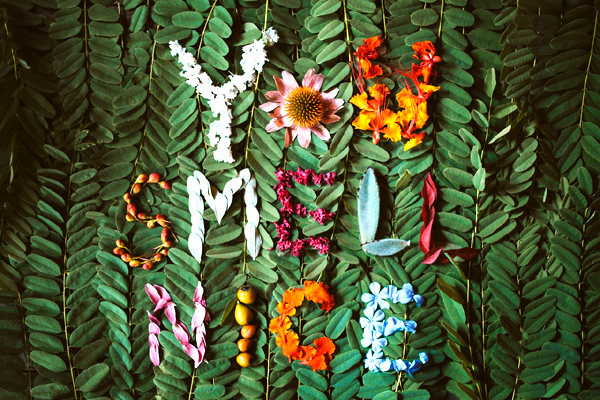Aromatherapy Explained: Essential Oils for Wellness
Sometimes it’s best to pass the mic. I’ve written about how many people use aromatherapy as part of living a wellness lifestyle, and I’ve thought of devoting a whole article to it–but I’m no expert! So, this article was written by two brilliant women who know the practice personally. Please enjoy, and welcome them to our little home on the web. – Keith
“Thoughts, moments, feelings, movements, words left unsaid, words barely spoken; they all have a distinct sense, distinct fragrances!…To inhale is to capture, to experience!”
– C. JoyBell C., Poet
Hi, my name is Kate Amick. I am in my mid-thirties, and if you are anything like me, then chances are you have a thing or two (at least!) that you would like to improve about your own health or the health of a loved one. For years I have pursued alternative health measures and taken advice from naturopathic doctors concerning countless personal health issues, but not once was I ever informed about the therapeutic values of Pure Essential Oils.
Hi, Suzanne Karabin here, I’m friends with Kate and we both will be sharing our points of view on aromatherapy and essential oils. My wellness journey up to this point has mostly involved yoga, massage and herbal teas, but when I saw how versatile and effective these essential oils were in Kate’s life, I wanted to check them out for myself. While I have only been using Young Living therapeutic grade essential oils since late July, I am seeing very positive results in my own wellness level. Also I’m trained as a research scientist and I was impressed with the amount of clinical research into the use of aromatherapy with essential oils for medical and emotional support. You’ll see my name pop up from time to time below, sharing my new perspective with Kate’s experienced view.
What are Essential Oils?
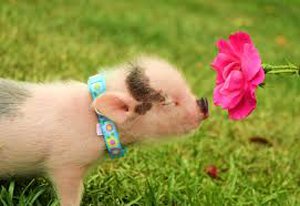 ate: Pure Essential Oils are the “life blood of the plant.” Essential Oils are extracted from all parts of the plant, and plants use these oils to carry nutrition into their cells and to remove waste products out of their cells. “Because essential oils are composed of the tiniest of organic molecules they can pass through cell walls and membranes delivering therapeutic benefits, not only to the plants that create them, but to people as well,” according to Dr. David Stewart (2015). Pure Therapeutic-grade essential oils create homeostasis (balance) in the body, unlike drugs designed in a lab with one robotic, pre-programmed function.
ate: Pure Essential Oils are the “life blood of the plant.” Essential Oils are extracted from all parts of the plant, and plants use these oils to carry nutrition into their cells and to remove waste products out of their cells. “Because essential oils are composed of the tiniest of organic molecules they can pass through cell walls and membranes delivering therapeutic benefits, not only to the plants that create them, but to people as well,” according to Dr. David Stewart (2015). Pure Therapeutic-grade essential oils create homeostasis (balance) in the body, unlike drugs designed in a lab with one robotic, pre-programmed function.
Suzanne: Essential oils are extremely concentrated, much more so than the fresh or dried form of the plant, or even an ‘extract’. They have been used for thousands of years in cultures all around the world for physical, emotional and spiritual wellness practices.
Why use Essential Oils?
Kate: As part of my wellness journey, I have taken vitamins & supplements, herbs, super food juices and powders, homeopathic remedies, cleanses, detoxes, you name it I’ve tried it. Then one day while doing a little bit of research of my own I discovered that there was way more to Essential Oils than meets the eye (or should I say nose!) These babies are versatile! Many people use them to unwind and relax, but did you know that they can be used to support all the systems of the body (endocrine, circulatory, digestive, nervous and reproductive to name just a few). They also help us to metabolize nutrients, minerals & vitamins, as well as boost the immune system! They are widely used to support emotional health and increase energy—check out these testimonials! There are so many good reasons to give essential oils a try. You can even add them to your Netti pot, make your own beauty products or clean your house with them!
Common Sense with Uncommon Scents
“The sense of smell, perhaps more than any other, has the power…and it’s a pity we use it so little.”
– Rachel Carson, Marine Biologist & Conservationist
Suzanne: If you’re looking for something more scientific than a personal testimony you may want to include PubMed.gov or the National Center for Complementary and Integrative Health on your list of sites to research. PubMed is constantly being updated with scientific research articles from all over the world relating to aromatherapy and essential oils, like clove and lavender. You might be amazed at just how much research is going on using essential oils!
Kate: Most Americans are familiar with their aromatherapy properties, but oils are used in Britain primarily topically, and in Germany primarily through inhalation. The French use them through topical application, inhalation, and internally as part of their health care.
How to use Essential Oils safely
Kate: I believe that using oils with a “common sense approach” makes them safe and effective on babies, children, tweens and teens, husbands and pets, too. Educate yourself. For internal usage the grade and purity of the oil is everything! This French method (above) has become my approach to my personal health and wellness and has been a game changer for me. C’est bon!
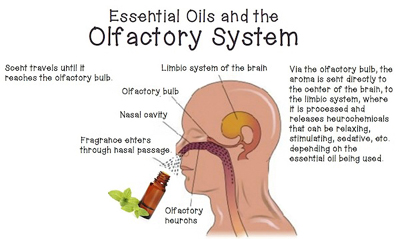 Suzanne: Please dilute oils for children and pets due to their smaller bodies, and don’t ever use citrus oils on cats because the cat’s liver can’t process them.
Suzanne: Please dilute oils for children and pets due to their smaller bodies, and don’t ever use citrus oils on cats because the cat’s liver can’t process them.
Kate: You need to know about the different grades of oils that are out there if you are going to get serious about your oils! Up to 95% of the oils on the market are either food-grade or fragrance-grade oils. These oils will not help your health so please do not even bother to try them. Despite the temptation even if it says “organic” or “pure”, as these terms are not regulated, and mean absolutely nothing. In fact, when you use inferior oil you may even have an adverse reaction because these lower grade oils are high in residual pesticides because of the chemicals that are used in their extraction methods. In order “to have a truly therapeutic grade oil we know it must start with the perfect seed, planted in clean soil, harvested at peak time, and distilled at low-temperature and low-pressure, and all the inherent ingredients of the oil must be present,” says Michelle M. Truman, ED.D author of Chemistry of Essential Oils Made Even Simpler. Look for the “SEED to SEAL” guarantee; It is the most important thing that you need to look for when selecting an oil to use for health and wellness practices, as noted here or in this video by Young Living (2013).
Suzanne: Kate and I use Young Living brand therapeutic grade essential oils because of their exceptional quality which is independently verified by third party testing.
Help is in the Air
“By following my nose I was tempted to follow my dreams.”
– Anonymous
Suzanne: I like connecting people with useful information, so I helped write this article, and I have also been sharing the things I have made for myself with my friends and neighbors—and they are finding them helpful as well. There are four tools to help yourself with essential oil aromatherapy. The classic dropper bottle is good for mixing or adding to liquids. Using oils in a spray bottle can cover a large or specific area for practical things like having an organic disinfectant that also invigorates your wellbeing. Many of my friends like the roller bottle because it’s great for using on the skin and it’s easy to carry several of these to refresh your scent during the day or to have nearby as a quick comfort. The diffuser is the best for getting the fragrances into the air quickly. It’s fun to make different recipes and find new favorites. I use distilled water in mine mixed with up to 6 drops of essential oils. Kate uses up to 20 drops in hers! This is an example of how easy it is to customize your essential oil use to suit your individual needs.
I find that just by using the oils in my own life, other people notice the wonderful vibrant fragrances and ask me about them. When I mention the wellness benefits, people often want to try the oils for themselves. I’ve made oils for decreasing physical pain, helping focus and concentration for students, and other more specific recipes. Here are some favorites.
General Use: Everyone seems to love the simple blend of lavender and peppermint essential oil. The scent is invigorating and comforting, especially for the occasional headache. I’ve also found that it makes mosquito bites less itchy.
Stress: For relaxation during stressful times I use a blend of lime, vanilla, cedar wood and other essential oils. The fragrance is soft and soothing—everyone who smells it closes their eyes and smiles for a moment.
Vitality: A blend containing spearmint, sage, geranium smells fresh and wonderful and is great for supporting overall vitality and a healthy endocrine system. A chef friend wears this in his busy kitchen.
Emotional Balance: For resiliency during the menstrual cycles I, and friends, have come to rely on an essential oil blend of sage, fennel and marjoram. Many husbands (mine included!) will agree that it has made a positive impact.
Sleep: A blend of lavender, vetiver, tangerine and other essential oils is very useful to relax gently into sleep.
Kate and I both agree that essential oils are great for having simple ways to support feeling better and staying healthy. We have lived the results, as have our friends. This is a practice centuries old that spans the globe. We were glad to have the chance to share the value of practical, personal aromatherapy in living a happy and healthy life.
__________________________________________________
I’m quite grateful to Kate and Suzanne for sharing their experience with all of us here at KeithKarabin.com. They’ve answered many questions so much more soundly than I could have in a second-hand researched post.
If you would like to know more please contact Kate at: [email protected] or on Facebook at KateShawAmick. Suzanne can be found at www.tinyurl.com/SuzannesOils.
__________________________________________________
Depression and Anxiety Testimonials (2015) Oil Testimonials.com. Retrieved from: http://www.oil-testimonials.com/basic/depression+and+anxiety
National Center for Complementary and Integrative Health (2015) Retrieved from: https://nccih.nih.gov/
PubMed.gov (2015) Clove Essential Oil Research. US National Library of Medicine, National Institutes of Health Retrieved from: http://www.ncbi.nlm.nih.gov/pubmed/?term=clove+oil
PubMed.gov (2015) Lavender Essential Oil Research. US National Library of Medicine, National Institutes of Health Retrieved from: http://www.ncbi.nlm.nih.gov/pubmed/?term=lavender+essential+oil
Stewart, D. (2015) Raindrop and Aromatherapy Defined. The Center for Aromatherapy Research and Education. Retrieved From: http://www.raindroptraining.com/programs/CCI/aroma.shtml.
Truman, M. (2012) Chemistry of Essential Oils Made Even Simpler, CreateSpace Independent Publishing.
Young Living Oil Difference (2013) YouTube. Retrieved from: https://www.youtube.com/watch?v=JPvjrq5EJII&feature=youtu.be

